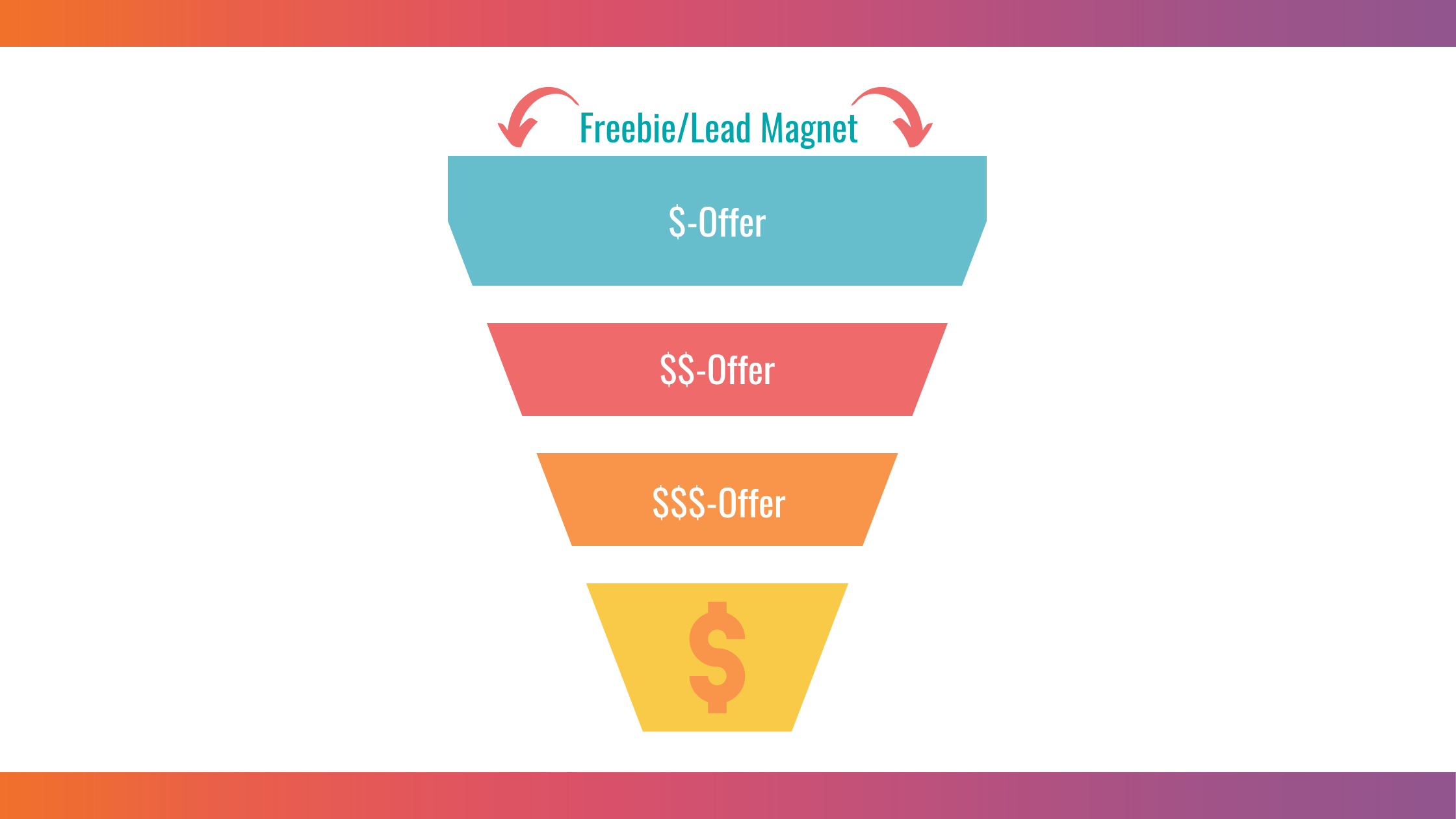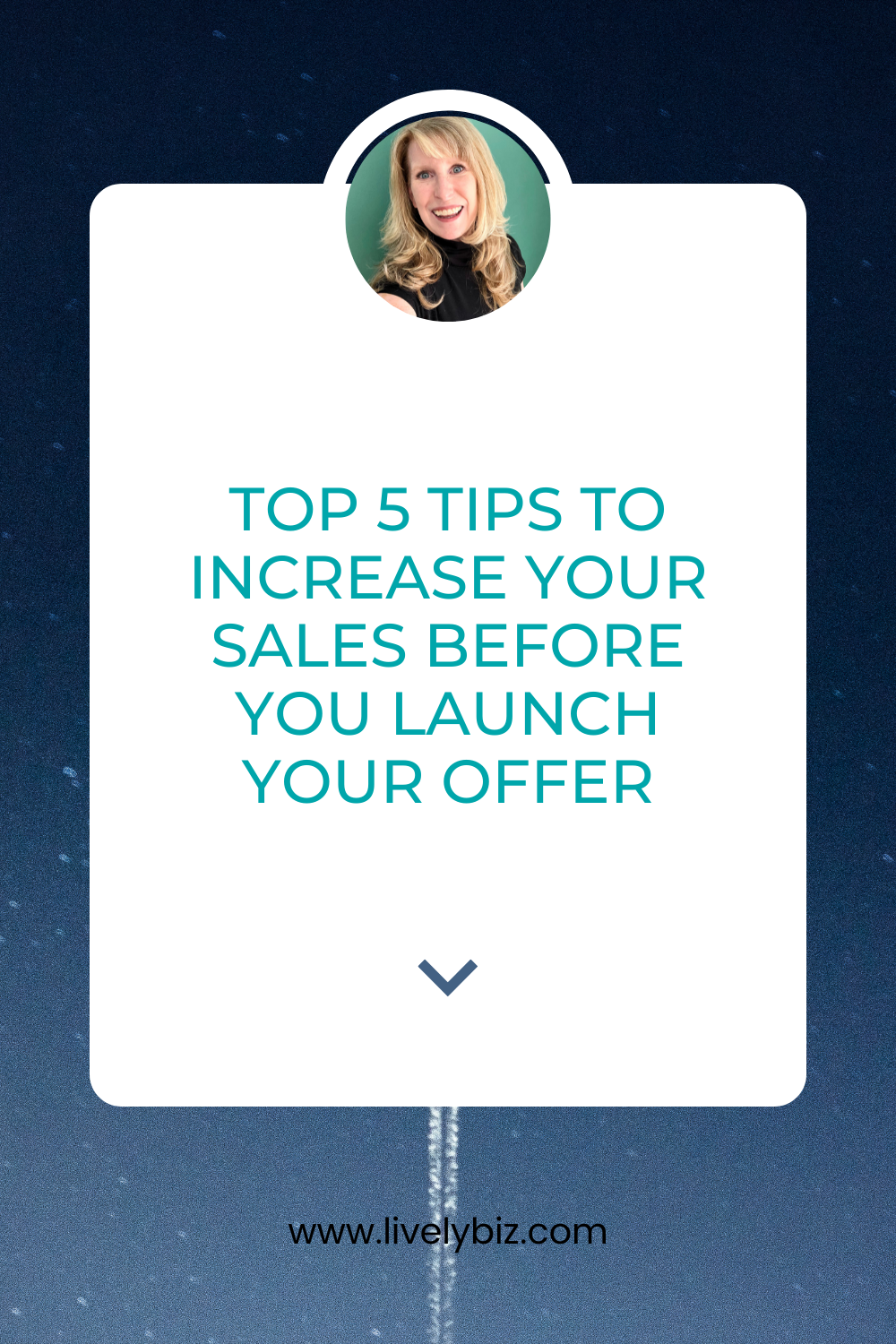How Much Money Do You Really Need?

Because I’m sensing this strong undercurrent of desperation in many business owners about making 6 or 7 figures, I wanted to invite you to take a different tact:
Ask yourself, what’s the least income you can make right now and still live a happy life?
Not ‘I want to make a million dollars by the time I’m 40’ and you’re 39 now and the most you’ve ever made is $50k. Not ‘I want to make 6 figures by the end of this year’ and your current monthly revenue is $2k.
So, what’s the least you can make that will take you to that very next step in your vision – not the BIG vision – but just the next bump up?
What’s the least amount of money you can bring in that will give your current lifestyle the boost that will make you smile, that will make you feel and know you’re moving forward, and that will continue to motivate you onward?
You see, I’ve been asking myself the same question lately. And the reason is because I’ve been starting to feel really stressed in my business and frankly I’m not having as much fun as I used to in it either.
And because of a few other things that are attributing to this feeling of heaviness that are outside my business, I’ve been feeling a need to shift things. Just small shifts for now, while allowing the bigger shifts to more fully form without pushing them into fruition until later.
So here’s my answer to this question and how you can figure it out for your own business too:
Step 1: Get cash clear
Get crystal clear on how much money you really need to live the lifestyle that you’re happy with, not the one you’re striving for (I guarantee when you give up this grip, money will flow more abundantly to you).
This may mean having a conversation with a spouse or partner. Do it. Especially if you are in a financial partnership with someone else, you’re likely not the only one feeling the push and the pressure for more. Do yourselves both a favor and figure out what’s the minimum level for you. You may be able to give up or put aside one or more of your current income streams so you can have more of the time freedom you crave, knowing you still have enough to enjoy your life.
Step 2: Be sure all your eggs aren’t in one basket
If you’re relying on high-end pricing and programs to carry your business, you may be setting yourself up for a financial fall. Your clients and customers are being more and more discriminating about where they’re spending their money – and that’s not going to change anytime in the near future, not while our economic outlook is still bleak.
Be sure to have different ways in which you can serve your market, not just one-on-one. Offer lower priced programs and products to help more people as well as to diversify your cash flow.
Step 3: Build your business around your life
This is a mindset shift for many people. But if you’re in business for yourself, isn’t it so you can design the life you want to live? Not so you can work more, but so you can work less, and still enjoy a great life with the income to support it?
In order to do that, you have to schedule your life first, then your business-building activities around that. This is how I’ve been able to take off almost 3 months every summer for the last 15 or so years. My business doesn’t suffer; in fact, it grows because of my commitment to this principle.
Figure out how to make the money you want for the next level of your business (again, not the BIG vision, just the next bump up) in the time that is left after you’ve planned the life you want to live first. Then ask for the support or hire the team you need to help you make this happen.
When you put your life first, the time towards what makes you happy, the focus on just the next bump while you tend to LIVING, all the ‘more’ you want (which we all want, by the way – we are all here to grow and to be, do, and have more) will come. This I know for sure.





Recent Comments